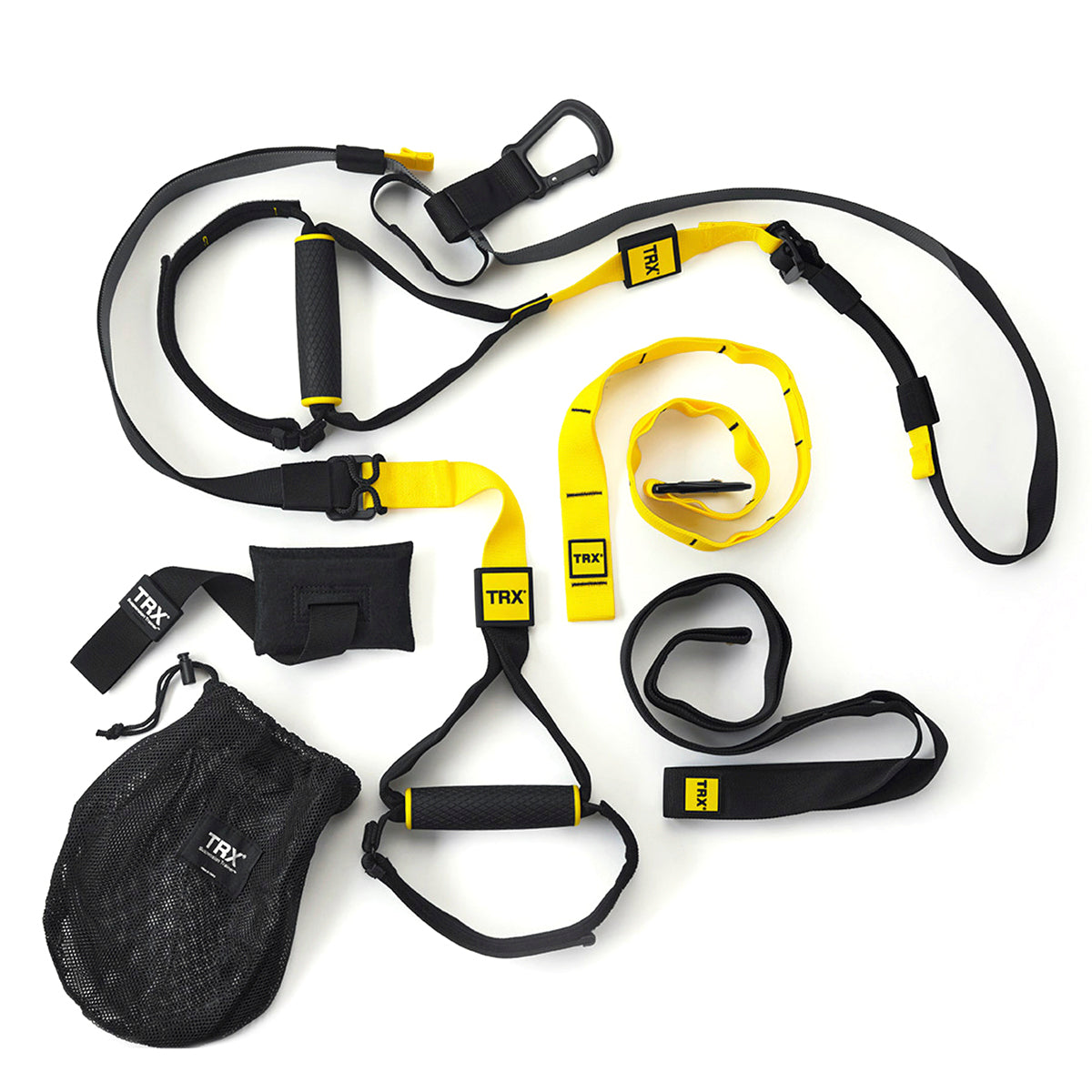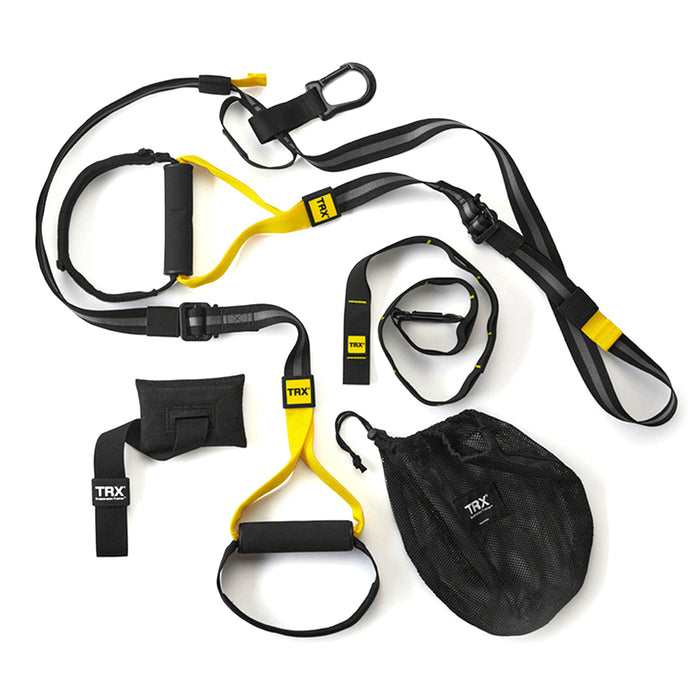If you’ve worked out in the last few years, you’ve likely heard of, or performed, high-intensity interval training (HIIT) or high-intensity resistance training (HIRT). While interval training isn’t new, it has exploded in popularity due to its efficiency, effectiveness, and versatility. This popularity has also brought about new types of interval training, including Tabata.
To understand Tabata, let’s get to the basics of HIIT.
What is High-Intensity Interval Training?
Interval training involves incorporating periods of varying intensity into a single workout, where you work hard for a designated time, recover, and then repeat. During the intense intervals in a HIIT workout, the challenge level should be quite high, typically ranging from 80 to 100% of your maximum heart rate. The recovery intervals, on the other hand, should fall between 65 to 80% of your maximum heart rate.
A HIIT workout can take various forms, such as sprinting for 30 seconds followed by one or two minutes of walking and then repeating the pattern throughout the session. Alternatively, it could involve performing 20 squat presses, followed by a 30-second recovery, then 30 jumping jacks with another 30 seconds of recovery, followed by 20 woodchops, recovery, and 25 burpees, and so forth.
The beauty of interval training lies in its versatility and adaptability to suit your preferences and goals, regardless of whether you're a swimmer, cyclist, rower, or simply an exercise enthusiast. You can even create high-intensity resistance training (HIRT) sessions by incorporating functional fitness tools like YBells, resistance bands, and more.
With interval training, you have the freedom to choose the modality, exercises, duration of work intervals or the number of reps, length of recovery intervals, and overall duration of the workout, allowing for a customizable and tailored approach to your training.
What is Tabata Training?
Tabata is a specific form of HIIT that follows a structured pattern: 20 seconds of maximum effort followed by 10 seconds of rest. This cycle is repeated eight times, resulting in a 4-minute set. Looking to find the right HIIT intensity for your fitness level? Our quick assessment quiz can help create a personalized training plan. Workouts can include one or multiple sets, allowing for a total duration ranging from four minutes to 60 minutes, although they are rarely longer due to their intense nature.
The origins of Tabata can be traced back to Japanese scientist Dr. Izumi Tabata, who developed this training method in 1996 while working at the National Institute of Fitness and Sports in Tokyo. Dr. Tabata conducted a study involving two groups of Olympic speed skaters over a six-week period. One group performed moderate-intensity stationary biking for 60 minutes, five days a week, while the other group engaged in four-minute sessions, four days a week, utilizing the 20-second intense work and 10-second recovery format.
The results of the study revealed that while the moderate-intensity group experienced improvements in cardiovascular endurance, the high-intensity Tabata group demonstrated a significantly greater increase in aerobic capacity by 13% and anaerobic threshold by 28%.
Aerobic capacity, also known as VO2 max, refers to the maximum amount of oxygen that your body can uptake and deliver to the muscles through the bloodstream. It serves as an indicator of fitness level, with higher values indicating greater aerobic capacity. Improved aerobic capacity is essential for generating explosive power, speed, and strength, which are vital in various sports and workout routines, including HIIT, HIRT, and powerlifting.
The anaerobic threshold, on the other hand, represents the highest intensity level at which you can perform before the accumulation of lactate in the bloodstream leads to fatigue. A higher anaerobic threshold enables you to sustain very intense exertion for longer durations.
What Are the Benefits of Tabata?
While Tabata is a challenge, it delivers multiple benefits. Here are just a few:
1. Tabata Strengthens Stamina
HIIT and Tabata challenge the cardiovascular system, resulting in a stronger heart, increased lung capacity, and improved cardiovascular health (blood pressure, cholesterol, etc.). This improves your aerobic conditioning for overall health and endurance exercise, like triathlons.
2. Tabata Increases Muscular Endurance
When performing high-intensity resistance training (HIRT) as part of Tabata, you can boost muscular endurance with multiple repetitions and sets at a high intensity.
3. Tabata Creates Higher Caloric Expenditure
The intense nature of Tabata routines blasts more calories than more leisurely, steady-state sessions. Burning calories helps to burn fat and contributes to weight loss.
4. Tabata Elevates Metabolism
Due to increased oxygen demands during these regimens, your body experiences excess post oxygen consumption (EPOC), or afterburn, which elevates your metabolism for up to 24 hours after your workout.
5. Tabata Offers Maximum Efficiency
If you’re doing Tabata properly, you can’t spend hours at it. Its high-intensity nature means that exercise sessions are short but highly effective.
6. Tabata Provides Valuable Versatility
Tabata is highly customizable, and you can perform it with or without free weights or other equipment. You can also do it virtually anywhere.
Do your next Tabata training with our TRX equipment:
Cautions With HIIT and Tabata
Although you can design your own Tabata routines, by definition, they must be high-intensity. Here are a few important cautions to keep in mind.
1. It’s Best to Have a Base Level of Fitness
You don’t have to be an Olympic athlete to do Tabata, but beginners should first build their fitness before diving into these extreme workouts. And people with cardiovascular disease, high blood pressure, or diabetes should consult with their doctor before starting any form of high-intensity training.
2. Proper Form Is Vital
When you’ve maxed out your intensity, or you’re pushing through the eighth round of an exercise, your form typically deteriorates. Be mindful of maintaining correct form — particularly with resistance training — to reduce the risk of injury and achieve the best results. Even if you have to slow down slightly, the quality of your form always trumps speed.
3. Give Your Body Time to Recover
Tabata and HIIT should not be performed daily, which can lead to injury and overtraining. Doing Tabata one to three times weekly, along with other non-interval workouts, allows your body to rest and muscles to adequately recover, to work hard at your next HIIT session.
Sample Tabata Workout Plans
Take on Tabata in your home gym or at a studio, in a group session, or on your own. Try it with our new YBells or traditional equipment or without equipment. All you need is a timer.
For the four-minute blocks, you could do eight separate moves in a 4-minute set, four moves twice, or two moves four times.
4-minute Tabata Block
20 seconds for each move, 10 seconds rest, and four sets of each exercise
- Jumping jacks
- Cross country ski
4-minute Tabata Strength Set With YBells
20 seconds for each move, 10 seconds rest; two sets of each exercise, with 1 or 2 YBells
16-minute Cardio Tabata Routine
20 seconds for each move, 10 seconds rest; 8 sets of each move for 4 minutes
- High knees
- Squat jumps
- Mountain climbers
- Burpees
To stay motivated, vary your routines periodically. You can add new exercises, add or remove weights, and challenge yourself to increase your intensity as your skill increases. However you put them together, Tabata training is a great way to improve your fitness!






